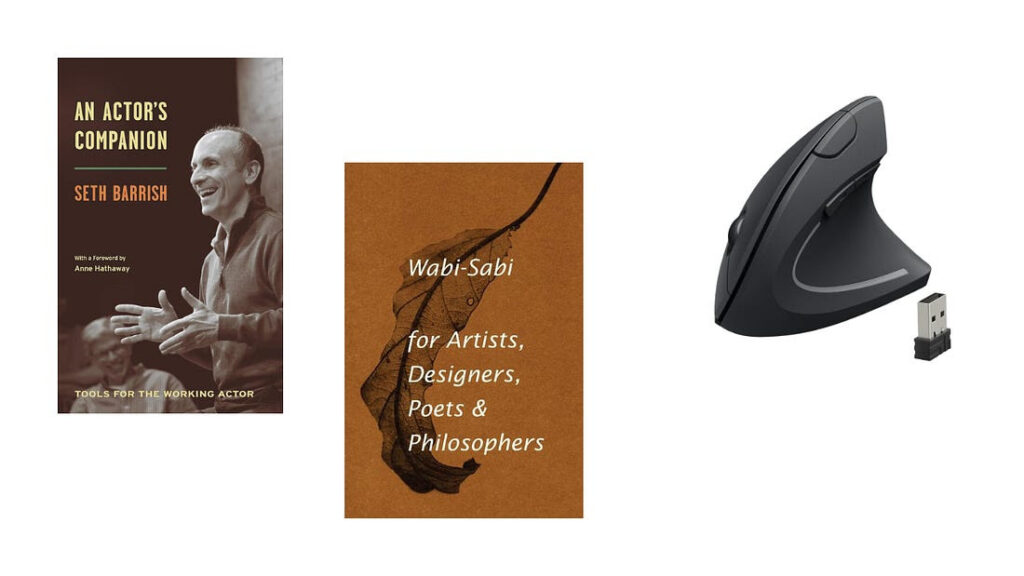Urban Bikers’ Tricks & Tips
Bicycle survival skills
I started riding a bike for the first time as an adult, at age 37. After an onslaught of expensive auto repairs and with the encouragement of my partner who is a bike commuter, I sold my automobile. Overnight, literally, I became a bike commuter. Living in San Francisco and facing a 16 mile daily commute to work was daunting, to say the least. Urban Bikers’ has given me the know how and skills to get around the city and and out of town. This book covers everything – maintenance basics, avoiding theft, getting around in traffic, inclement weather – it’s there. What’s more, the illustrations make me laugh out loud. It is a savvy and wry vote of confidence for the urban cyclist – novice or otherwise.
04/13/04Excerpt
Remember that on a street, you either share the lane (cars pass next to you) or take the lane (you ride in the middle, and cars stay behind you or pass in another lane).
*
In the door zone (the 3 or 4 feet next to parked cars in which you could get hit by an opening door), keep track of what's behind you: If you have to swerve suddenly, you could get hit by traffic. Also, look for stretches where you can ride out of the door zone.
*
The detectors work by sensing the metal in your bike. If you stop over the symbol and it doesn't affect the traffic light, get off of your bike an lay it down on top of the symbol. This gives the detector more metal to detect.
*
Cross locking. When you cross lock your bike, you use two different lock systems at once - such as a U lock and a cable. Cross locking forces thieves to spend more time and use more than one kind of tool. If a thief sees that your bike is cross locked, he might move on to another bike that isn't.
*
Mounting a standard bike in a skirt
Urban Bikers' Tricks & Tips: Low-Tech & No-Tech Ways to Find, Ride, & Keep A Bicycle Dave Glowacz 2010, 256 pages, Third Edition $12







